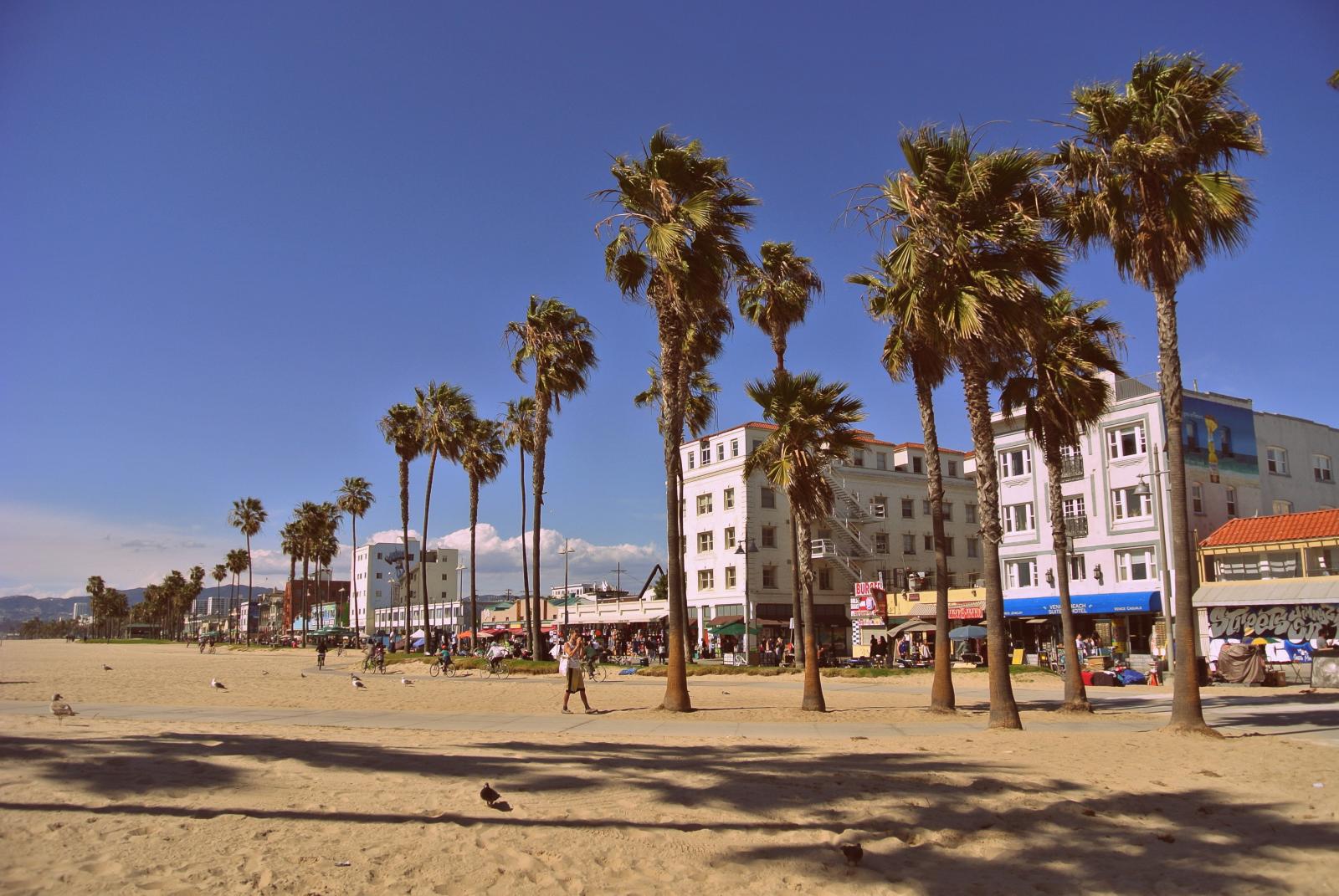On November 8, California residents will vote on a ballot measure to prohibit the sale of flavored nicotine products.
A “yes” vote for Proposition 31 would ban almost all flavored nicotine products—both vapes and cigarettes, including menthol—with the exception of hookah, loose leaf tobacco (for pipes) and premium cigars. Lawmakers in California already technically passed the ban in 2020, but legal challenges brought it to a two-year halt—and are now leaving it up to voters to decide.
If voters uphold the legislation, SB 793, as many observers suspect, California will join a number of states that have already prohibited the sale of at least some flavored nicotine products, often to deleterious effects. Massachusetts banned the sale of flavored nicotine products (including menthol) in 2019; New Jersey, Rhode Island and New York have all banned flavored vaping products.
A familiar battle has been waged over Proposition 31.
As Filter reported in 2020, the prohibition in New York has already triggered illicit markets, and the law remains difficult to enforce, with some stores and retailers simply operating as if the legislation never passed. As for San Francisco’s flavored vapes ban, which residents voted for in 2018, a JAMA Pediatrics study by Abigail Friedman, an assistant professor in the Department of Health Policy and Management at the Yale School of Public Health, showed that teenagers in the city were more likely to start smoking than those in other US school districts after it passed.
A familiar battle has been waged over Proposition 31. The “yes” camp, which has the usual backing from prohibitionist-minded, youth-centric groups like the Campaign for Tobacco-Free Kids (CTFK) and Parents Against Vaping E-Cigarettes (PAVE), recycle the typical arguments that a flavor ban will dissuade youth from trying vaping. The “no” camp, which has the support of the tobacco industry and tobacco harm reduction (THR) advocates, has attempted to remind voters that flavor bans have never prevented youth experimentation, and are more likely to affect the adults who prefer flavored vaping products (or other safer nicotine alternatives, like oral pouches) to stay off cigarettes.
California’s proposed law is unique, though, in the sense that it also bars so-called “flavored enhancers,” preventing a person from buying flavored e-liquid with no nicotine and adding it to flavorless nicotine at home.
And as Stefan Didak, a California-based THR advocate involved in the “no” campaign pointed out, the legislation also appears to shut out flavored products that might eventually receive authorization from the Food and Drug Administration. (So far, through the FDA’s expensive and onerous premarket tobacco product application—PMTA—process, only a few tobacco-flavored vaping products have received marketing authorization. All of them are produced by large, well-funded companies, many either owned outright by, or with significant financial ties to, Big Tobacco.)
“While the subject of flavors remains controversial, the most awful aspects of SB 793 are the fact that products that have and in the future could receive marketing authorization are also prohibited from being sold,” Didak told Filter. “It’s the kind of arrogance from California lawmakers we have come to expect, in which they purport to know better than the scientific review process for tobacco products at the FDA.”
Bloomberg has reportedly increased his Prop. 31 spending to almost $29 million as election day approaches.
But perhaps nobody claims to know as much about tobacco control as Michael Bloomberg: By mid-October, the billionaire had provided $15.3 million of the $17.3 million raised by the committee in favor of Prop. 31, according to the San Francisco Chronicle. The opposition committee had raised far less—just over $2 million, almost entirely comprised of donations from Philip Morris USA ($1.2 million) and R.J. Reynolds ($743,000).
A more recent Mercury News report states that Bloomberg has actually increased his Prop. 31 spending to almost $29 million as election day approaches.
The fact that the “yes” campaign has far more money than the “no” campaign may partly reflect that the latter sees this as a lost cause: An October 4 poll from the Berkeley Institute of Governmental Studies found that 57 percent of respondents planned to vote “yes” on Prop. 31, whereas just 31 percent would vote “no.” (Only 12 percent looked to be undecided.) Still, Beth Miller, a “no” campaign spokesperson, told the Mercury News that Bloomberg’s last-minute spending suggests “the Yes side clearly believes the measure may be in jeopardy.”
Regardless of the future actions of the federal government, states and municipalities have the power to counteract them, and many will.
Nonetheless, the situation in California is indicative of a wider truth about THR in the United States: Regardless of the future actions of the federal government—perhaps, one day, authorizing at least some flavored products—states and municipalities have the power to counteract them, and many will.
“In the absence of rational and defensible federal policy, anti-vaping activists have poured money into efforts to convince local and state governments that total flavor bans are the only rational solution,” Greg Conley, the director of legislative and external affairs at American Vapor Manufacturers, told Filter. “These campaigns are primarily targeting Democrat strongholds, but the plan has always been to expand these prohibitionist policies as far as possible.”
“Any voter in California who is opposed to senseless vice prohibitions should vote ‘no’ on Prop. 31,” he continued. “Moving sales of flavored tobacco and nicotine products to illicit markets will prove to be a mistake.”
Photograph by Kurtis Garbutt via Flickr/Creative Commons 2.0
The Influence Foundation, which operates Filter, has received unrestricted grants from Philip Morris International and Reynolds American, Inc. Filter‘s Editorial Independence Policy applies.





Show Comments